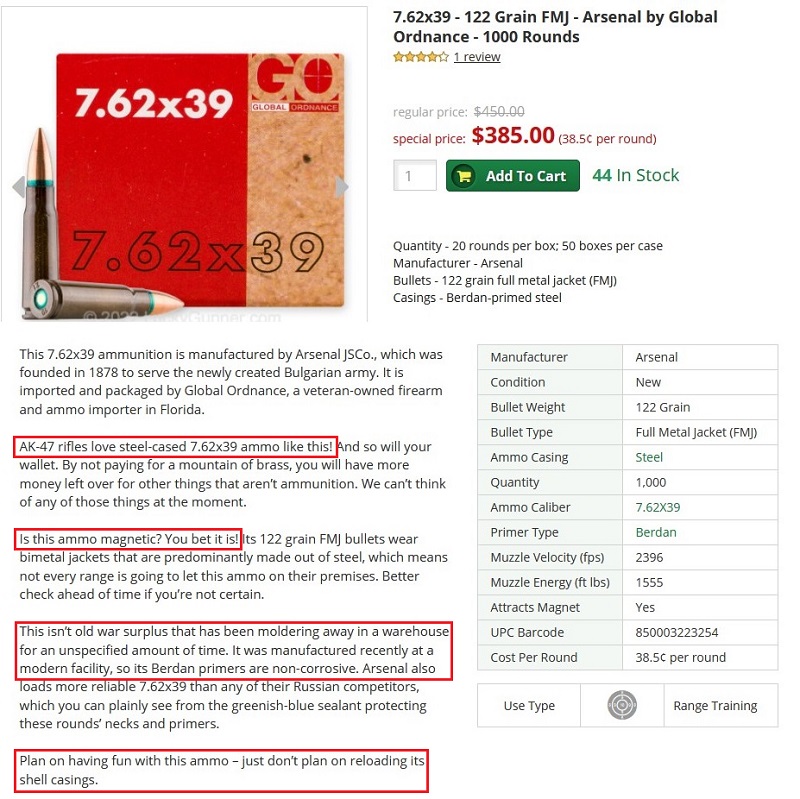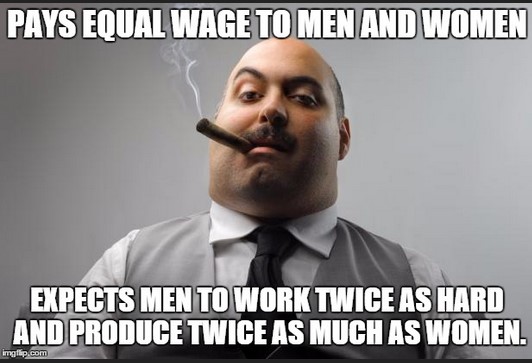In this Amazon advertisement cunningly disguised as a newspaper “article” ., the Nespresso Vertuo Next is described as the “best capsule coffee on the market”, a statement with which I take issue.
I’m not interested in starting a Keurig vs. Nespresso war (I use a Keurig), but the plain fact of the matter is that I find all the Nespresso offers so strong as to be undrinkable. Indeed, when I was confined to quarters in Free Market Towers lo those many years ago, I was forced to use one of those Nespresso things, and discovered that the only way I could stomach the stuff was to make it “Americano-style”: half coffee, half hot water.
As a company, Nespresso irritates me because like Starbucks, they’ve built a marketing ethos around the alleged high quality of their product which appeals very much to the wannabe social climbers of this world. I was even more irritated when I wanted to buy Mrs. FM a Christmas present of a large selection of Nespresso pods, only to discover that I couldn’t because I wasn’t a “registered user” (i.e. an owner of the machine). So I got her something else.
I also prefer Keurig because rather than using expensive pods, I can use one of the little “buckets” as a substitute, and fill said bucket with my own choice of coffee (Dunkin’ Donuts, or a 50-50 mix of Peet’s Light Roast and Tim Horton’s when I need to wake up quickly).
So no; Nespresso isn’t the “best capsule coffee on the market”, either by quality or by offering.
Your mileage may differ.


